Federal funding provided to clean up the old Dededo transfer station has significantly increased from $4.5 million to $14 million as officials continue discovering more contamination at the site.
And that $14 million price tag does not include the cost of cleaning up the mountains of tires at the site, according to Guam Environmental Protection Agency Administrator Michelle Lastimoza.
Lastimoza on Thursday provided an update on cleanup of the old transfer station, where Guam EPA plans to build a new headquarters once the property is cleared out of contamination.
According to the administrator, a bid for architectural and engineering work for the new headquarters was just recently awarded.
To date, the U.S. Environmental Protection Agency has processed about 30,000 cubic yards of contaminated soil at the site of the new facility, which is contaminated with heavy metals and pesticides, among other trash, Lastimoza said.
The transfer station was shut down in June 2015, and lawmakers handed off the property to Guam EPA in 2022 for a new headquarters.
Soon after the handoff, former Guam EPA Administrator Walter Leon Guerrero reported that about 7 acres of the 10-acre property was an illegal dumpsite, with between 30,000 and 50,000 used tires dumped there.
The site was also used to house Typhoon Mawar debris in 2023, though that debris was supposed to be removed as part of the Federal Emergency Management Agency’s response.
Lastimoza on Thursday said teams are now discovering even more tires buried at the site.
At one point, the estimate rose to as many as 80,000 tires.
On Thursday morning, she said she had a call with federal counterparts for an update on the site.
“I don’t know whether or not it’s an exaggeration, but he said, ‘I think there’s a million tires,’” Lastimoza said.
The administrator said she couldn’t account for where the contamination came from, as the site had been occupied by recyclers previously and used for residential trash over the years.
She noted that when the transfer station was shut down in 2015, there was an environmental assessment done.
“There was a cleanup estimation of between $2 million and $20 million because they haven’t done an in-depth analysis of the contamination,” she said.
As of Friday, the USEPA completed $6 million worth of work at the old transfer station, according to Lastimoza, with plans to finish up about $14 million by the end of the year.
Guam EPA secured funding to clean up the site as a “brownfield,” a hazardous site eligible for grants and technical assistance through the USEPA.
The assistance is only for community projects, but Lastimoza said the agency’s employee association, a registered nonprofit, had qualified for the aid.
They’ve also got “superfund” assistance, the type of help the USEPA gives for contaminated sites like the Ordot dump.
But assistance doesn’t cover disposal of tires, and Guam EPA will have to figure out that portion of the project.
She said the agency is approved to purchase a tire shredder, but quotations are still being gathered and there’s no definite timeline on how much that leg of the cleanup will cost, or how long it will take.
Cost will be impacted by whether or not the Guam Solid Waste Authority is willing to accept shredded tires, she added.
“We certainly will not construct on all 10 acres of the property,” Lastimoza said.
That means tires could be rounded up and secured at one section of the site.
“When the time comes, we may start construction on the usable, clean portion of the property, and then slowly deal with the tires,” she said.
She noted that the USEPA has a $45 million grant meant to improve the island’s ability to test drinking water for “emerging contaminants,” chemicals that are only now being classified as toxic or discovered in water supplies.
“We’re going to need to build a laboratory in order to build that capacity,” Lastimoza said, so some of the money can be used to help fund a new headquarters.
That facility will serve as a regional water quality lab that can be used to help jurisdictions around Micronesia that usually have to send samples to California or Hawaii.
After the architectural work is completed for a new headquarters, EPA will then have to compete with the island’s construction industry and growing costs.
Lastimoza said the cleanup of the old transfer station is meant to be a “poster project” for hazardous cleanup.
“It does show that one, contamination, remediation of contaminated properties, are expensive,” she said. “ Two, that it is possible to clean up contaminated properties and it is possible to reuse the property for community benefit.”

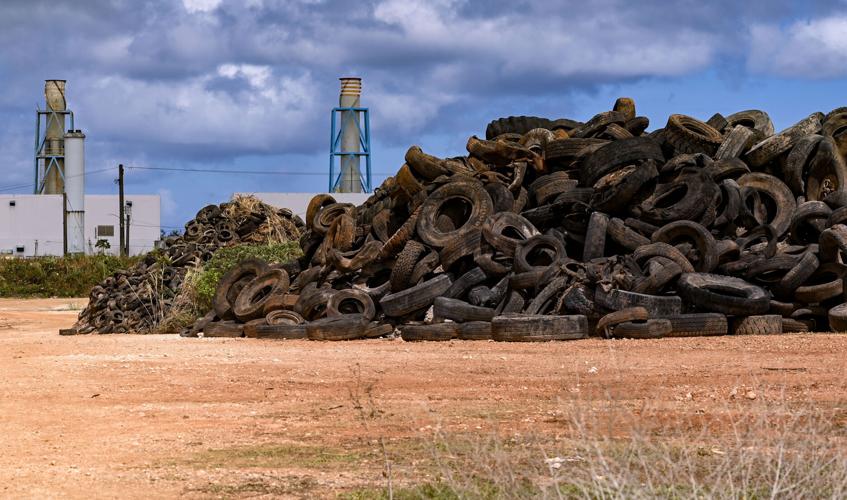
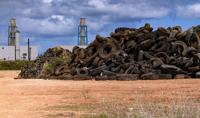
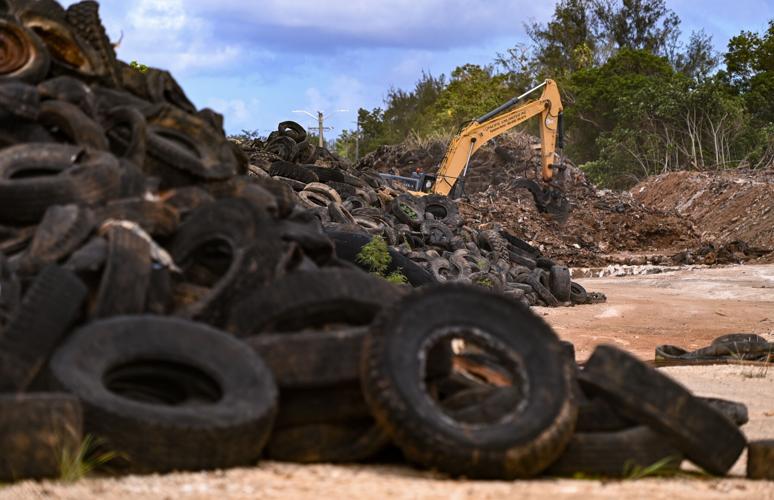
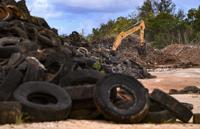

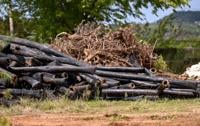

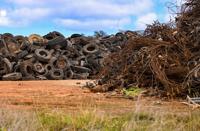

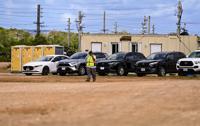

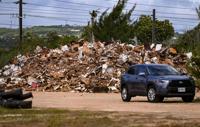
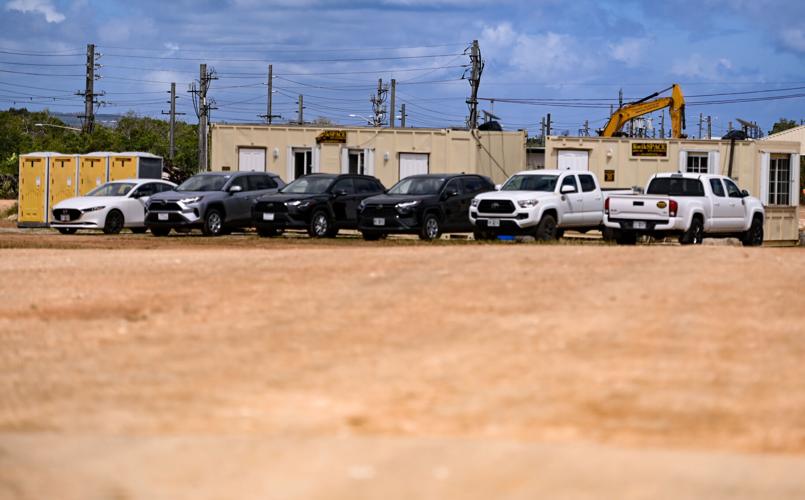
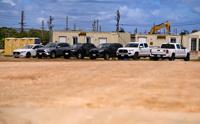







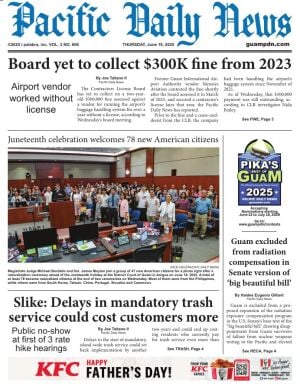




(2) comments
Guam is turning into one big dump, if not already.
Before you make a public statement "that it is possible to clean up contaminated properties and it is possible to reuse the property for community benefit" it has to be performed, done and completed. We are all aware of all these empty talk from govgu agencies.
Welcome to the discussion.
Log In
Keep it Clean. Please avoid obscene, vulgar, lewd, racist or sexually-oriented language.
PLEASE TURN OFF YOUR CAPS LOCK.
Don't Threaten. Threats of harming another person will not be tolerated.
Be Truthful. Don't knowingly lie about anyone or anything.
Be Nice. No racism, sexism or any sort of -ism that is degrading to another person.
Be Proactive. Use the 'Report' link on each comment to let us know of abusive posts.
Share with Us. We'd love to hear eyewitness accounts, the history behind an article.